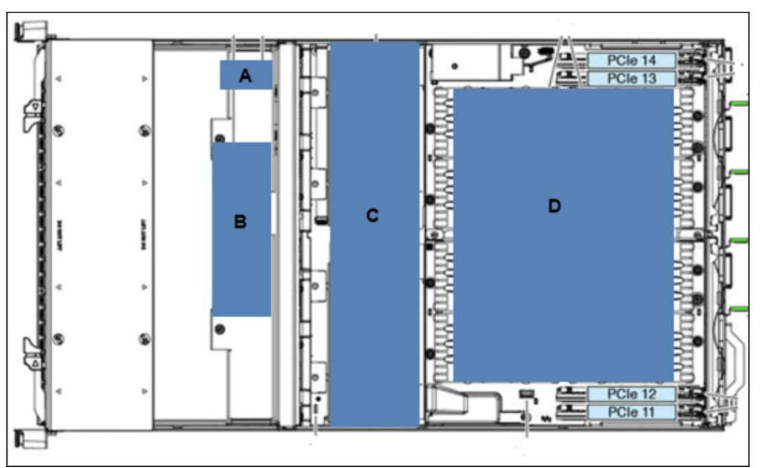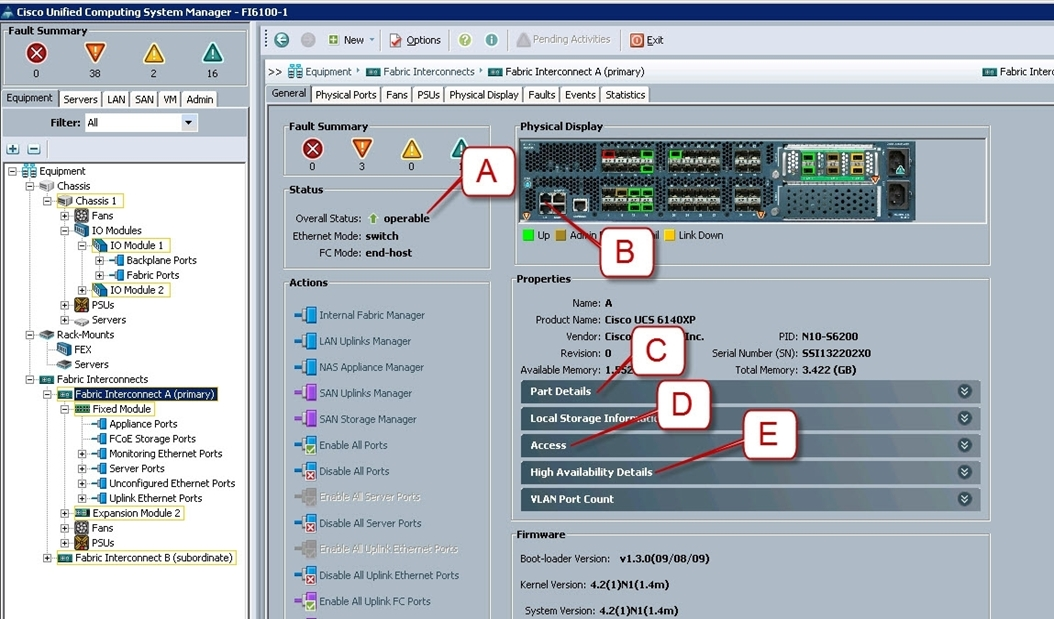Most Recent Cisco 010-151 Exam Dumps
Prepare for the Cisco Supporting Cisco Datacenter Networking Devices exam with our extensive collection of questions and answers. These practice Q&A are updated according to the latest syllabus, providing you with the tools needed to review and test your knowledge.
QA4Exam focus on the latest syllabus and exam objectives, our practice Q&A are designed to help you identify key topics and solidify your understanding. By focusing on the core curriculum, These Questions & Answers helps you cover all the essential topics, ensuring you're well-prepared for every section of the exam. Each question comes with a detailed explanation, offering valuable insights and helping you to learn from your mistakes. Whether you're looking to assess your progress or dive deeper into complex topics, our updated Q&A will provide the support you need to confidently approach the Cisco 010-151 exam and achieve success.
The questions for 010-151 were last updated on May 6, 2025.
- Viewing page 1 out of 34 pages.
- Viewing questions 1-5 out of 169 questions
During the auto-sync firmware upgrade process, what should be your initial input entered once the Fabric Interconnect boots up?
On the Sensors page from the CIMC view, which four tabs are displayed to view further information? (Choose four.)
Which fiber optic cable type is typically used with a Subscriber connector?
The Subscriber Connector (SC), also known as the Standard Connector or Square Connector, is a type of fiber optic connector commonly used in data networking environments. It is frequently associated with multi-mode fiber optic cables, which are typically used for short to medium-range connections within data centers, campus networks, or building interconnections.
Here's a detailed look at each option:
1. Option A - straight-mode:
o This is not a recognized type of fiber optic cable. Fiber optic cables are generally categorized into single-mode and multi-mode, with no standard cable type called 'straight-mode.'
2. Option B - single-mode:
o Single-mode fiber (SMF) is used for long-distance communication, typically involving lasers and narrow core fibers. While SC connectors can technically be used with single-mode fiber, LC (Lucent Connector) connectors are more common in modern single-mode applications due to their compact size and improved performance for high-density connections.
3. Option C - dual-mode:
o 'Dual-mode' is not a correct term in fiber optics. Fiber optic cables are classified into single-mode and multi-mode, but 'dual-mode' is not used as a designation for any standard fiber optic cable type.
4. Option D - multi-mode:
o Correct. Multi-mode fiber (MMF) is commonly used with SC connectors. Multi-mode fiber is designed for shorter distances, and SC connectors are a standard choice for multi-mode fiber installations, especially in older infrastructure. Multi-mode fiber optic cables are commonly used within data centers and enterprise LAN environments for intra-building or intra-campus links where distances are generally shorter than with single-mode fiber.
Cisco Datacenter Networking Device Reference:
* Cisco Network Switches and Modules: In data center environments, Cisco Nexus and Catalyst switches often support SC connectors with multi-mode fiber for short to medium-distance connections. Many Cisco SFP transceivers for multi-mode fiber are designed for SC or LC connectors.
* Fiber Optic Cabling Standards: SC connectors remain a staple in multi-mode fiber installations, particularly in legacy systems where this connector type was commonly used before the industry shift toward smaller form factor connectors like LC for higher-density applications.
In summary, multi-mode fiber (MMF) is typically used with a Subscriber Connector (SC), as SC connectors are common in multi-mode installations for data centers and enterprise environments.
Refer to the exhibit.

Refer to the exhibit. Which component is identified as D in the UCS C480 ML M5?
Refer to the exhibit.

Where is the best place to see whether the system is ready for a Fabric Interconnect failover?
Unlock All Questions for Cisco 010-151 Exam
Full Exam Access, Actual Exam Questions, Validated Answers, Anytime Anywhere, No Download Limits, No Practice Limits
Get All 169 Questions & Answers